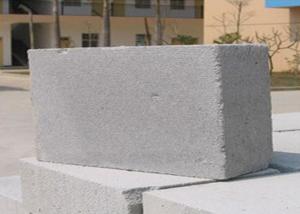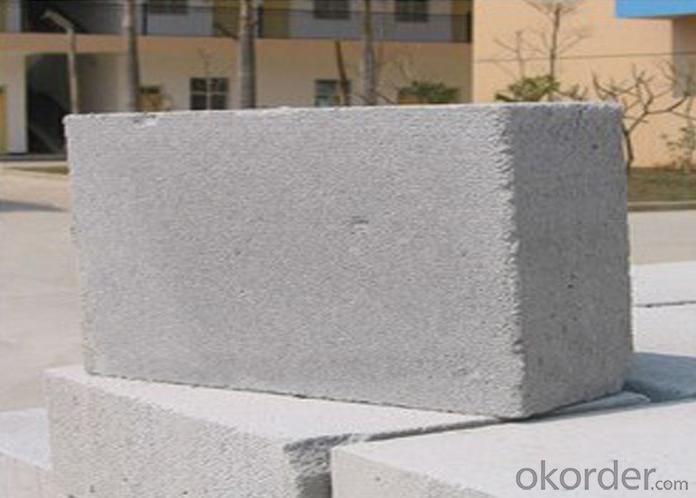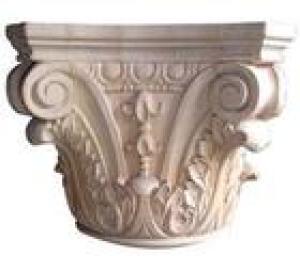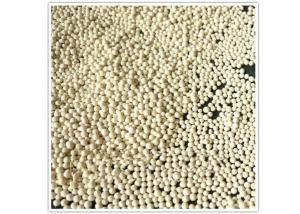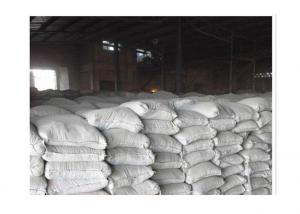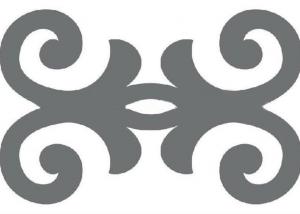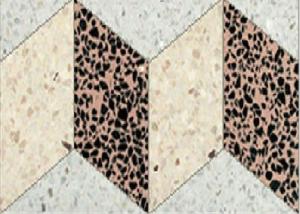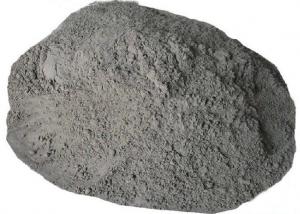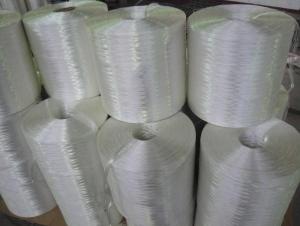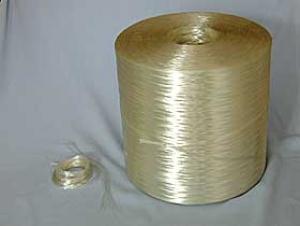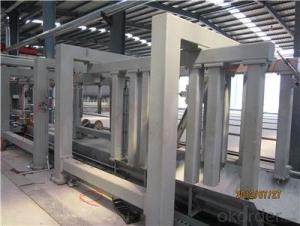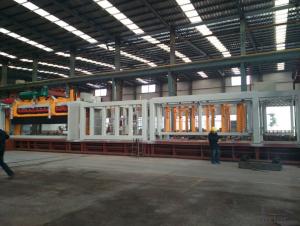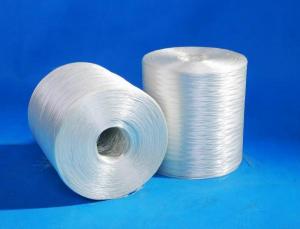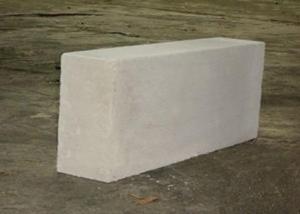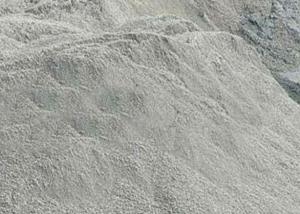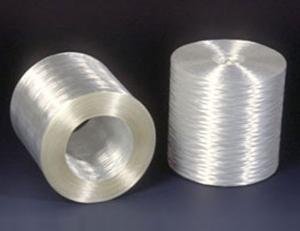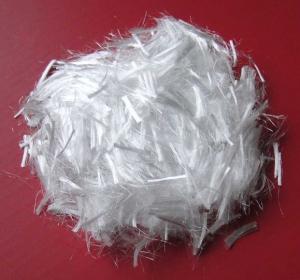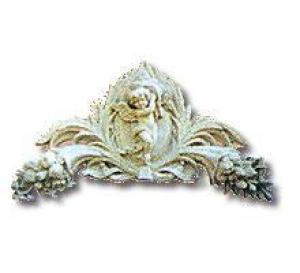Hospital Building Wall Autoclaved Areated Concrete Block
- Loading Port:
- China Main Port
- Payment Terms:
- TT or LC
- Min Order Qty:
- 500 Cubic Meters kg/m³
- Supply Capability:
- 100,000 Cubic Meters per Month kg/m³/month
OKorder Service Pledge
OKorder Financial Service
You Might Also Like
Introduction of Hospital Building Wall Autoclaved Areated Concrete Block
Shape: Block
Material: sand, cement, lime, gypsum,fly ash
Refractoriness (Degree): Common (1580°< Refractoriness< 1770°)
Brand Name: RED STAR Capacity: 20,000-300,000m3/year
Processing: AAC Block Production Line
Method: steaming and pressing
Advantages of Hospital Building Wall Autoclaved Areated Concrete Block:
1.Light Capacity
2.Excellent compression resistance
3.Water Absorpt
Hospital Building Wall Autoclaved Areated Concrete Block
♦ Ten function of Autoclaved Aerated Concrete brick:
Light Capacity
Excellent compression resistance
Good performance of water Impermeability
Highfire resistance
Good Thermal insulation
Excellent anti-seismic intensity
Good sound insulation.
Good Durability
Good processing
Protect the environment
- Q: I live in an older house that has cement floors and they sweat bad .Is there anything I can do to make them stop sweating?
- There a difference between hydrostatic pressure and moisture in the air causing the dampness. Hydrostatic pressure comes from below ( as Don said) and of course the other is in the air, which can be removed w/ a dehumidifier. The other , I haven t heard of anything that will really stop this. Other than basic landscaping to shed water away and to have your cement floor perimeter cut open and drainage tile installed. To find out which one is your problem, dry off an area of the cement w/ a fan and tape( duct tape) a 1ft x1ft pc of foil on to the cement . Leave for 24 hrs, and if you have a lot of moisture after that, chances are your getting water from under the slab. No flooring , other than ceramic flooring, should ever be put on this type of cement w/ this problem. You ll waste your money. GL
- Q: I have some cement cracks and i was wondering how to fix it. any sugsetions?
- Cracks oftentimes do no longer restoration unquestionably or efficiently. the main suitable you may commonly do is seal them with caulk made for the activity (see your interior reach ironmongery shop). you may attempt to possibly escalate the cracks to a million extensive and prepare an epoxy bonding agent and a competent non-decrease grout to the crack to fill them in. however the main suitable ingredient to do to repair severe cracks is to jackhammer out the undesirable part of concrete, make optimistic the backside is compacted decrease than the section, and re-pour the concrete.
- Q: how many bags of 94lb portland cement make a cu yd using a 3:2:1 gravel:sand:cement ratio?
- In my house they use Plastic Bags. And Paper Ones are not so easily available. Any ways, Paper is what I personally like to use.
- Q: I need to find the properties and additives of a cement produced by a cement producer on their web page or from a catalog. This needs to come from an on-line source. Any ideas? Thanks!
- Portland Cement Cement Composition. The composition of portland cements is what distinguishes one type of cement from another. ASTM C 150 and AASHTO M 85 present the standard chemical requirements for each type. The phase compositions in portland cement are denoted by ASTM as tricalcium silicate (C3S), dicalcium silicate (C2S), tricalcium aluminate (C3A), and tetracalcium aluminoferrite (C4AF). However, it should be noted that these compositions would occur at a phase equilibrium of all components in the mix and do not reflect effects of burn temperatures, quenching, oxygen availability, and other real-world kiln conditions. The actual components are often complex chemical crystalline and amorphous structures, denoted by cement chemists as elite (C3S), belite (C2S), and various forms of aluminates.
- Q: Cement. We all use it! Look out at your neighbourhood... Cement fences, pathways, houses!!! What is your opinion on another cement plant being built?
- i guess it would be nice but i dont think it is possible.
- Q: Was the gulf oil leak sealed with cement as stated, or was it concrete?
- In the oil industry it is known as cement. Granted, there are non-cement constituents, but there is no aggregate as the concrete that we're most familiar with has. The cement has to flow through small gaps and can't have rock chunks in it. The cement used in the oilfield also has a number of other additives to control such things as setting time and flow characteristics (called rheology).
- Q: builders have messed it up..i live somewhere hot..2 attempts of cement laying and then a green paint over it which i've had to scrape off...the paint still keeps coming off tho when mopped...can you suggest please some sort of sealant i can get bought in england and sent over to me?just to make it look better and 'seal' in the colour..cheers :)
- Pressure wash, let dry. Buy Dutch Boy floor and porch enamel, Flat so it won't be slippery. It can be mixed to the color you want. Since the paint keeps rubbing off, I thought you still had this problem. Dutch Boy Enamel will take care of it, since you'll have to cover it with a sealer anyways. I'm really not a strong believer in a sealer at this point, for 1 it's a floor that has heavy traffic. Sealers are meant for wood floors, to protect from scratches, and looks of the hardwood.
- Q: So i went to the orthodontist yesterday, and the assistant asked me if i had already gotten my quot;cement blocksquot; in. So, i told her i didn't know what they were, so now i'm just wondering what the are because iv'e never heard of them. And i just got my bottom braces on yesterday, i'm wondering what can help me get rid of the pain, cause i can't eat or chew.
- I don't know for sure about the cement blocks, but when I heard that term at my orthodontist, it meant the blocks (brackets) that they put on your teeth so that they can put the wire in. For the pain, ibruprofen/tylenol works best to numb the pain, but it's going to hurt to chew for the first few days. Trust me, I got my top and bottom braces on. Just know, this is going to happen every time you go to the orthodontist to get your bands/wires changed, just not as much pain usually. Eat soft foods (maccheese, oatmeal, pudding, yogurt, etc) and rinse your mouth with salt water.
- Q: ive just got my braces fitted today, and at the back of my mouth i have some cement to stop me biting hard and breaking my braces. The problem is i find this cement really uncomfortable. will the cement wear down a bit ? or i will i get used to it? please help x
- Both. I had braces years ago and it gets to a point where you don't even notice them anymore. If the problem continues just go back to the orthodontist and they should fix it.
- Q: Which cement is populer at bangladesh?
- There are three type of cement is available at Bangladesh. 1. OPC 2. PCC 3. PLC OPC cement has very low market share and only Govt. projects are used this type of cement. PLC cement has 7 to 8 % market share and only one company is producing this type of cement. PCC cement is produced and marketed by most of the producer. Around 90% of market using this type of cement.
1. Manufacturer Overview
| Location | Guangxi,China (Mainland) |
| Year Established | 2010 |
| Annual Output Value | Below US$1 Million |
| Main Markets | 50.00% Africa 30.00% Mid East 10.00% South Asia 5.00% Eastern Asia 5.00% South America |
| Company Certifications | Certificate of Satified Building Material Brand;Certificate of Name Brand in China;Certificate of Good Quality Products of 2012;Certificate of Utility Model Patent |
2. Manufacturer Certificates
| a) Certification Name | |
| Range | |
| Reference | |
| Validity Period |
3. Manufacturer Capability
| a) Trade Capacity | |
| Nearest Port | |
| Export Percentage | 1% - 10% |
| No.of Employees in Trade Department | 1-2 People |
| Language Spoken: | English, Chinese |
| b) Factory Information | |
| Factory Size: | |
| No. of Production Lines | |
| Contract Manufacturing | |
| Product Price Range | |
Send your message to us
Hospital Building Wall Autoclaved Areated Concrete Block
- Loading Port:
- China Main Port
- Payment Terms:
- TT or LC
- Min Order Qty:
- 500 Cubic Meters kg/m³
- Supply Capability:
- 100,000 Cubic Meters per Month kg/m³/month
OKorder Service Pledge
OKorder Financial Service
Similar products
Hot products
Hot Searches
Related keywords
